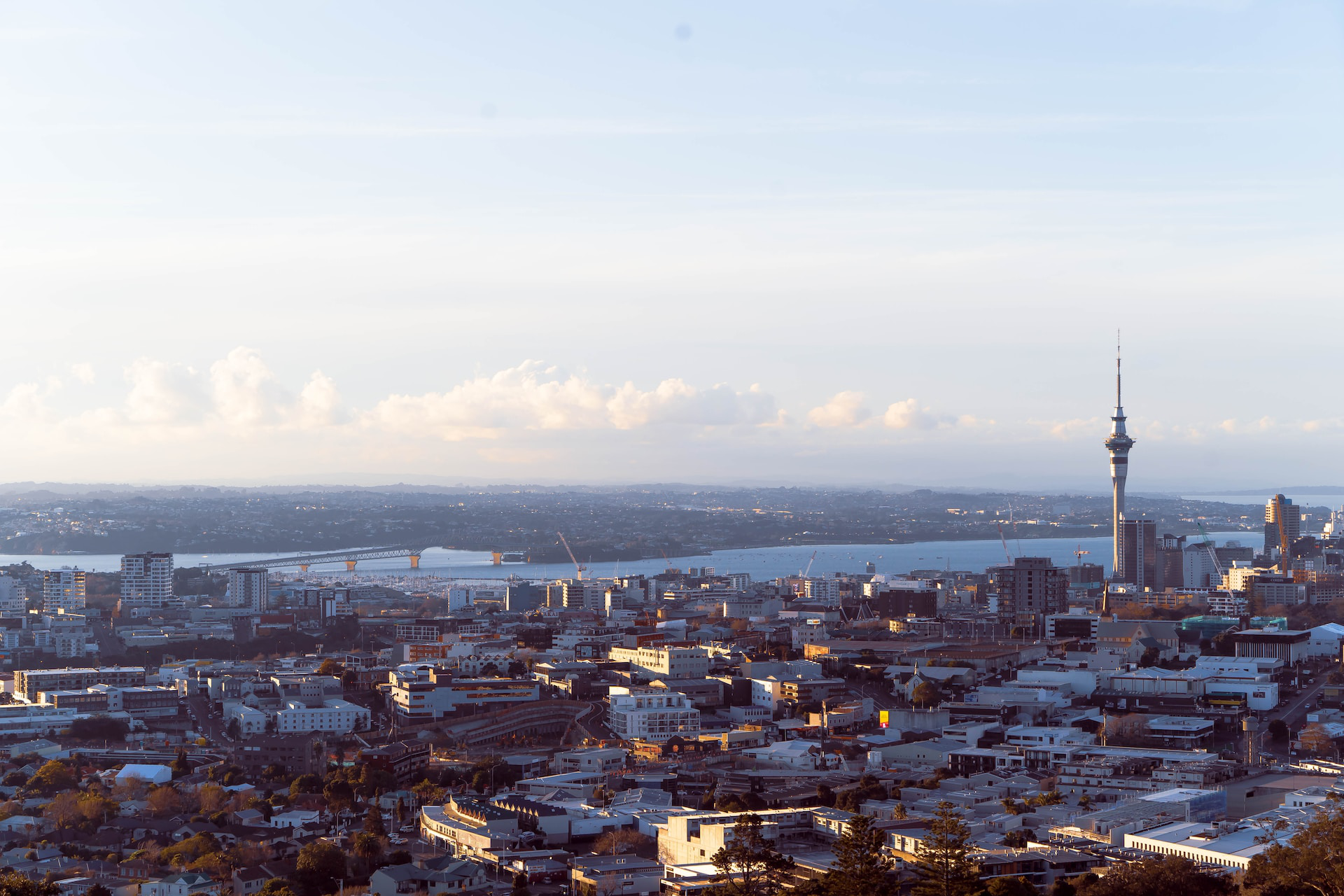What if urban streets were a schoolyard? As each of us can remember, in the schoolyard bullies are kings and everyone adjusts to their behaviour. This includes coping or avoidance strategies, and in some ways becoming a bully oneself is not a bad shout. That of course is unless teachers and principals are keeping an eye out at break times, educating bullies to the impact of their misbehaviour on others, signalling clear rules for common living, and enforcing those rules.
Most of us are drivers, vehicle passengers, riders of various bicycles and micromobility devices (e.g. e-scooters), and pedestrians, often several of those in the same week. Even with the best intentions, we are in turn bully and bullied.
Think of elected members and transport & planning professionals as the principals and teachers. Unfortunately, they’ve been cutting the bullies too much slack and the schoolyard has become a battlefield.
Bullies are everywhere, bigger and meaner
The past decade has seen a militarisation of vehicles worldwide. In 2020, 42% of car sales worldwide were SUVs (Sports Utility Vehicle) and the International Energy Agency reports that “emissions from this vehicle type have nearly tripled over the past decade”[1]. In New Zealand, 7 out of the 10 most sold vehicles in 2021 were either pickup trucks or SUVs[2]. The automotive industry has massively changed its offer away from sedans and compact cars, promoting four wheel drives for outdoor adventure dreamers, overpowered utes for tradies towing once in a lifetime loads, and higher up and armoured vehicles. Despite increased weight (an essential factor in collision impact force), size, and bonnet height, these vehicles often rate highest in vehicle safety ratings. This is despite evidence that SUVs and utes are significantly more likely to kill or seriously injure pedestrians than cars are[3]. This is true even when they are equipped with modern safety features such as assisted braking, because it also relates to the vehicle front profile:
“In a crash with a traditional, block-front SUV, the grille strikes the pedestrian’s pelvis or chest split seconds after the bumper hits the lower extremities, transferring more energy to the pedestrian’s body” [4].“Smaller pedestrians also have a higher risk of head injury because they’re more likely to have head-to-hood contact. And trucks are more likely to push a pedestrian down and run them over […]”[5].
While some jurisdictions (EU, Japan) rate how safe vehicles are for pedestrians, the US National Highway Safety Administration has delayed collecting detailed pedestrian injury data[6] and the auto industry has lobbied against making pedestrian safety features mandatory[7]. Also, ANCAP (Australasia’s vehicle safety authority) does not test for the impact of bull bars in pedestrian crashes even though they are a common sight on pickup trucks in Australia and New Zealand[8]. Finally, the protruding and high bonnets of SUVs but especially of pickup trucks mean the driver is unable to see a child standing or crossing right in front of the vehicle, as you can see below:

From Consumereports.org, The hidden danger of big trucks, 2021 (https://www.consumerreports.org/car-safety/the-hidden-dangers-of-big-trucks)
Humans using urban streets are visibly dominated by machines – just think of those pedestrians running across zebra crossings (i.e. where priority is theirs) as if the machine was going to splatter them if they took too long. As most of us are in turn drivers, passengers, riders, and pedestrians, we’re both perpetrators and victims. To that extent, I would argue that the bullies are the machines more than the people in them. Still, when the human behind the wheel drives aggressively and deliberately intimidates cyclists, the bullying impact is even greater.
These same bullies have also invaded what used to be sanctuaries: residential streets where children used to be able to play are now used as rat-runs by drivers looking to avoid clogged up arterial roads. Statistics from the UK Department for Transport show a doubling in motor traffic on quiet roads (“C roads”) in the decade between 2008 and 2019. It is partly attributed to the rise in online shopping and mass adoption of smartphone routine apps (e.g. Waze, Google Maps) always looking for the shorter route. This change can be seen in other countries too, and means the bullies are truly everywhere, as soon as one steps out of our front door.
For everyone’s sake, we urgently need to halt this trend of multiplying large vehicles on all urban roads.
Existing bullying prevents change
We are faced with a vicious circle that only rare courageous political leadership can fundamentally break (look to Paris or Berlin for examples of recent road space reallocation at scale). Fear of the angry motorist is indeed common among elected officials, and as transport practitioners know, there’s nothing like removing a few parking spaces to get a community up in arms. Bullies have managed to convince us (/ourselves) that driving is a right. Some within the Transport Engineering profession (which symptomatically used to be called Traffic Engineering) still have an obsession with vehicle flow, i.e. getting as many machines through as fast as possible. Both politicians and practitioners have been bullied into maintaining the bullies’ dominance.
In the absence of systemic change, bullies stifle alternative modes: I’m a very confident cyclist, having ridden on main roads in peak hour traffic in London and Auckland for the past 7 years. Still, there are days when I get home and feel lucky to be alive (maybe once a week) and most times cycling is a stressful experience. Yet it is still the quickest, cheapest, healthiest, and cleanest way for me to get around so I’m not going to stop. For beginner or unconfident cyclists though, this mental barrier is too high. Safety is always the first barrier to people taking up cycling and numerous academic studies (e.g. Monsere et al. 2020[9]; Buehler & Dill 2016[10], McNeil et al. 2015[11]) indicate a clear preference by a majority of cyclists for treatments that minimise interactions with motor vehicles (e.g. protected cycleways). Judging by how many people have access to a bike (about half of the population in the UK[12] and New Zealand[13]), there is huge latent demand for safe cycling. The e-scooter revolution is another indication of how much change is possible on our urban streets in relatively short periods of time. However, mass adoption of cycling and micromobility requires the bullies to go. E-scooter riders are still too often bullied onto the footpath, where they can be seen as bullies by pedestrians.
Routine travel surveys done in UK and NZ schools show that children overwhelmingly want to cycle or scoot to school rather than be driven, yet they are being driven short distances because it’s not safe outside a car. The school drop-off paradox, beautifully summarised in the below cartoon, embodies the vicious circle of road bullying:

From Folkl.co.nz on LinkedIn (https://www.linkedin.com/posts/folkl_innovatingstreets-streetsforpeople-visionzero-activity-6873426557457850368-JxOq)
So all that latent demand, which has now been unleashed in places like Paris and central London, is being suppressed by everyday car bullying in other places. Nobody likes being a victim, feeling threatened or weak, so it’s easy to understand why large vehicles are attractive. The incentive to become a bully is strong. Protected and powerful, occupants of large and dangerous vehicles enjoy status in the schoolyard, until a bigger bully comes along.
Pacify the schoolyard
Nobody really is happy with a car-centric transport system: bullies are stuck in traffic; others are bullied by traffic. So the end of the self-defeating private car paradigm can benefit everyone.
Most people would agree that our neighbourhoods felt much nicer during COVID lockdowns for a reason or another. People rediscovered walking and cycling, they could hear birdsong again, they could cross roads in their own time and not fear for their lives. This worldwide experience of dramatically reduced traffic volumes showed us that we are missing out on greater life quality by allowing the bullies to keep on patrolling our streets. It also showed us how quickly everyone defaults back into their bully or victim habits, and how just a tiny portion of resuming traffic can cause many of us to leave the bikes in the garage again.
If we are to live up to the big urban challenges of our time, the transport system cannot be adversarial, it needs to be pacified. There can be no vision zero (a road safety approach to trend towards zero road casualty) nor meaningful climate action without addressing our road bullying issue.
Why do we accept bullying on our roads when we don’t in the schoolyard? Why do we accept that using roads is the most dangerous thing we do every day? It’s time for elected members and practitioners of urban and transport planning to really protect road users. That means protecting their bodies from crashes but also freeing their minds from the fear of bullies so they can envisage other ways to get around. It is time to make urban trips a safe and comfortable experience rather than a stressful, competitive, and fearful one. This is only possible with much lower (as in residual) traffic volumes and lower speeds. Transport policies that ignore how much road bullying deters alternative modes are missing the point.
Open the toolbox
Solutions exist and have been implemented in places. It’s not rocket science but requires decisive and brave action from politicians and practitioners, along with vocal support from communities who have had enough of being bullied. The toolbox includes:
- Protecting urban streets from bullies through space reallocation and restricted access (Low Traffic Neighbourhoods, pedestrian zones, circulation plans, bus-only streets, etc). This includes car-free city centres as well as treating residential neighbourhoods strategically to prevent through-traffic.
- Converting vehicle owners to using them less often by changing the default: schools and workplaces have a crucial role in promoting different behaviour as societal norms. They need to go further by cutting any direct or indirect subsidies for driving (e.g. providing employee car parking) while fully supporting alternatives. Some drivers might be interested (albeit concerned) to try alternatives, so just a little encouragement can get them over the line.
- Making it unattractive or unaffordable to own and operate a large vehicle in urban areas (e.g. luxury SUV, utes, sports cars). This can be done through higher taxes on vehicle purchases, higher licensing fees, and road pricing (based on tailpipe emissions, weight (now implemented in France), and size of the vehicles).
Whether a decision maker or a user of the transport system, each of us can identify how they will stop accepting and contributing to road bullying.
References
[5] https://www.consumerreports.org/car-safety/the-hidden-dangers-of-big-trucks
[6] https://www.bloomberg.com/news/articles/2021-05-24/pedestrian-safety-ratings-target-suvs-and-pickups
[7] https://www.aarp.org/auto/driver-safety/info-2018/suv-pedestrian-dangers.html
[8] https://www.ancap.com.au/frequently-asked-questions
[9] Christopher M. Monsere, Nathan McNeil, Rebecca L. Sanders, User-Rated Comfort and Preference of Separated Bike Lane Intersection Designs, 2020 (https://www.researchgate.net/publication/342594537_User-Rated_Comfort_and_Preference_of_Separated_Bike_Lane_Intersection_Designs)
[10] Ralph Buehler & Jennifer Dill (2016) Bikeway Networks: A Review of Effects on Cycling, Transport Reviews, 36:1, 9-27. https://doi.org/10.1080/01441647.2015.1069908
[11] Nathan McNeil, Christopher M. Monsere, Jennifer Dill, Influence of Bike Lane Buffer Types on Perceived Comfort and Safety of Bicyclists and Potential Bicyclists, 2015 (https://bit.ly/3KgEtyx)
[12] UK 2020 National Travel Survey (https://www.gov.uk/government/statistics/walking-and-cycling-statistics-england-2020/walking-and-cycling-statistics-england-2020)
[13] Cycling Action Network NZ (https://can.org.nz/cycling-facts)



